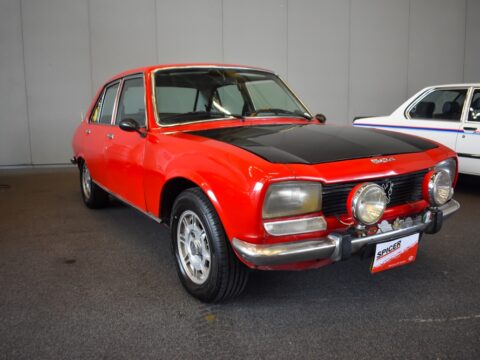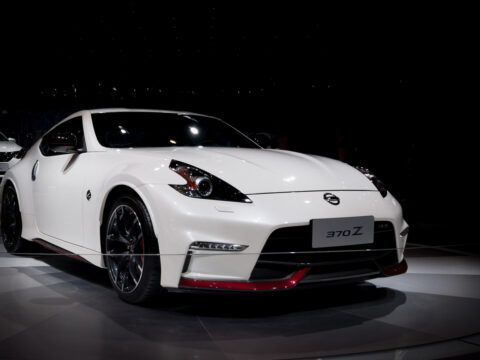Japanese manufacturers have been iconic trendsetters in the global automotive landscape, continually pushing boundaries with groundbreaking innovations and dependable engineering. From Toyota’s legendary reliability to Nissan’s electrifying GT-R and Honda’s exhilarating Civic Type R, these brands have engraved their names in automotive history. But beyond these mainstream giants lies an untapped realm brimming with unique and lesser-known wonders that deserve to bask in the limelight.
Contents
Nissan Dome Zero (1976-1979)
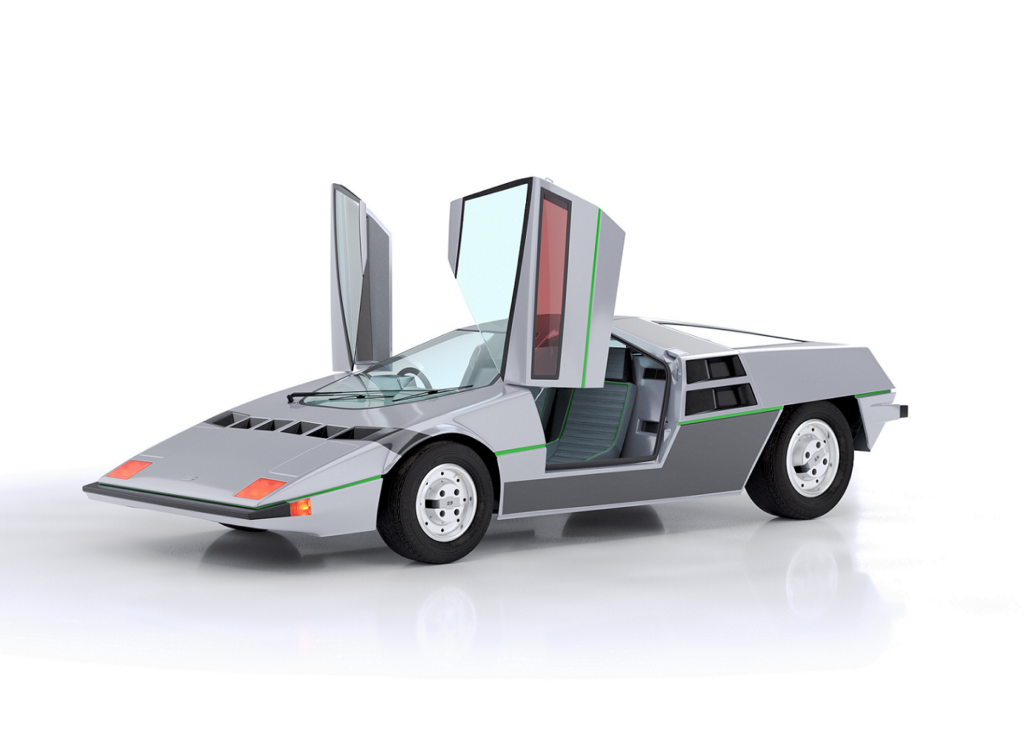
The Dome Zero was a conceptual sports car designed by Minoru Hayashi in the late 70s. It looked more like a spaceship than a traditional car, with its extremely low and wide profile, futuristic wedge design, and gullwing doors. Despite its captivating look, the car never made it to mass production due to Japan’s strict safety regulations. However, it gained a cult following over time and even appeared in video games and movies. It’s definitely a Japanese hidden gem worth knowing.
Toyota 2000GT (1967-1970)
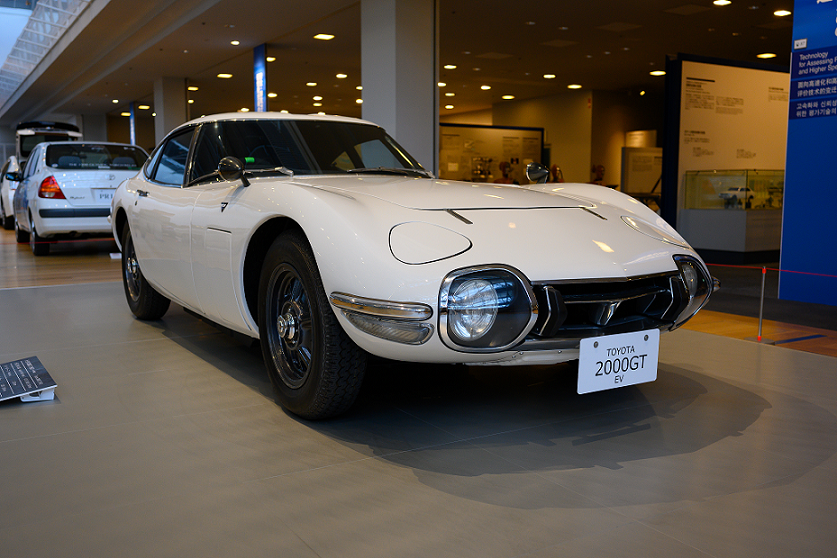
The Toyota 2000GT was a collaboration between Toyota and Yamaha. It was a car ahead of its time, offering a unique blend of style, performance, and luxury, redefining the world’s perception of Japanese cars. Its sleek, elongated design and high-performing 6-cylinder engine made it an immediate sensation. Though only 337 units were produced, it gained fame when featured in the 1967 James Bond film “You Only Live Twice.”
Honda S600 (1964-1966)
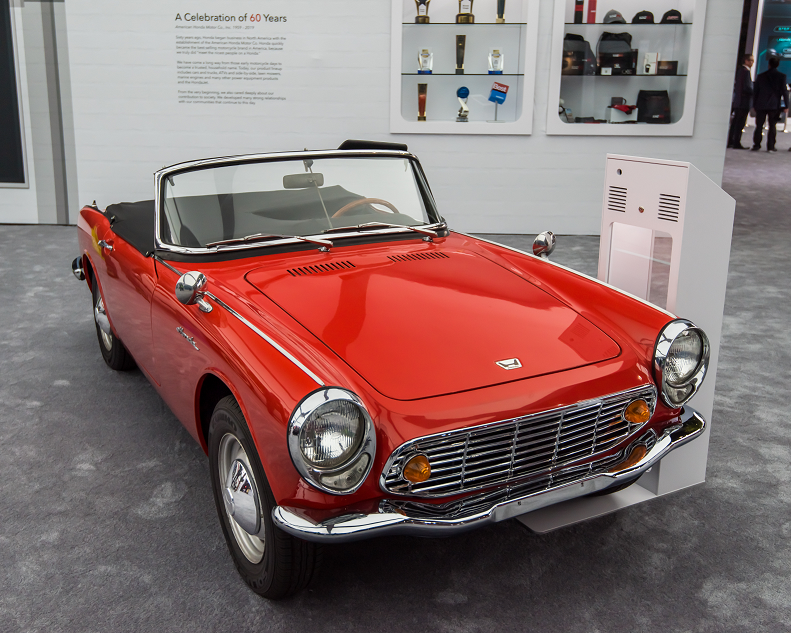
The Honda S600 is one of the lesser-known gems from Honda’s lineup. This compact sports car was Honda’s first mass-market car, featuring a high-revving 600cc engine. It was available as both a coupe and a convertible. Despite its small size, the S600 offered impressive handling and power-to-weight ratio, and its spirited driving experience made it a favorite among car enthusiasts.
Mitsuoka Orochi (2006-2014)
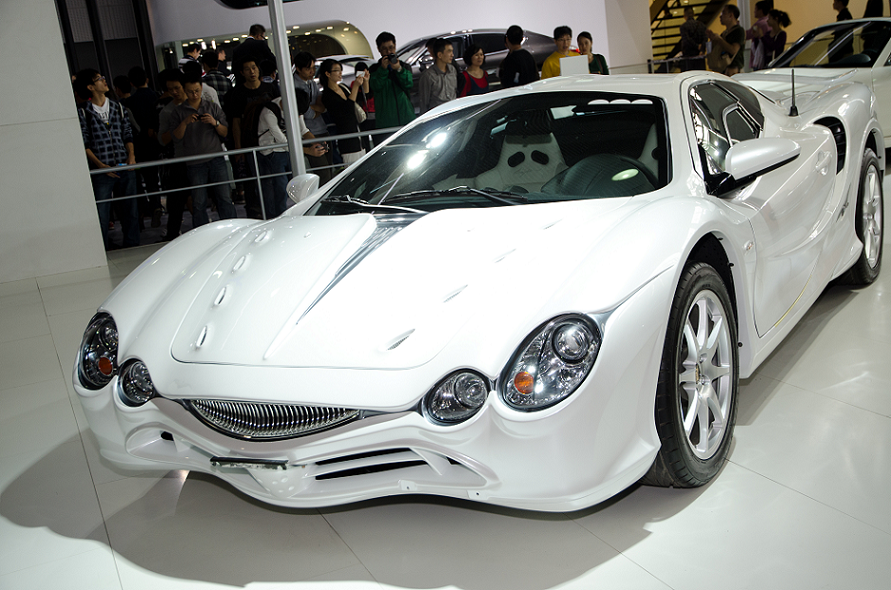
The Mitsuoka Orochi is an exotic sports car named after an eight-headed dragon from Japanese mythology. Its unique and polarizing aesthetics and limited production run of just 400 units have made it one of Japan’s rarest cars. Though its performance isn’t quite on par with its exotic appearance, with a 3.3-liter V6 engine sourced from Toyota, the Orochi is still a must-know for its unique contribution to the Japanese auto industry.
Autozam AZ-1 (1992-1995)
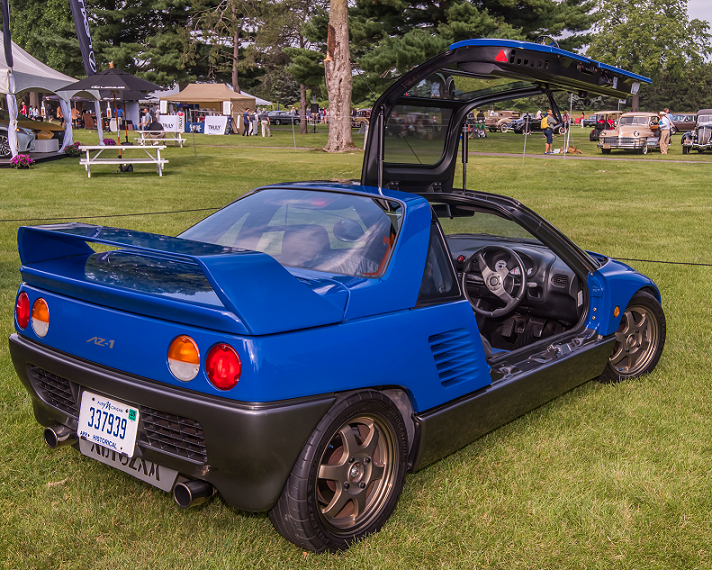
The Autozam AZ-1, produced by Mazda’s subsidiary Autozam, is an intriguing example of a “kei” car, a Japanese category of small vehicles. With gullwing doors, a mid-engine layout, and turbocharged performance, it’s a highly sought-after model among car collectors today. Despite its diminutive size, it provides a sporty driving experience and is a testament to Japanese auto design’s creativity in the 90s.
Nissan Figaro (1991)
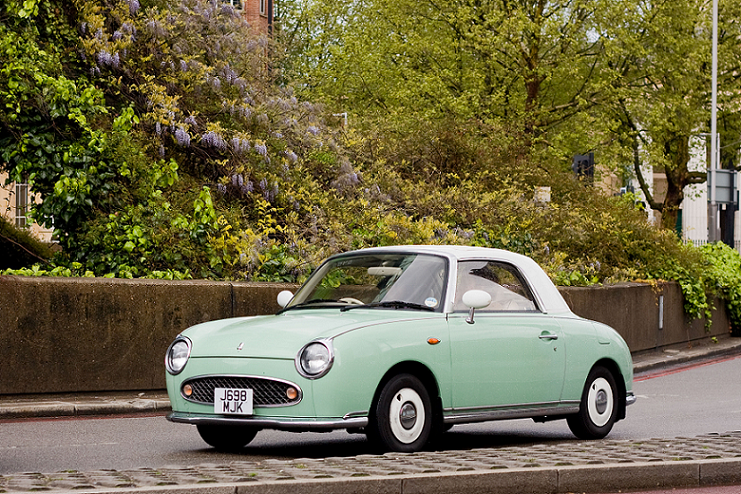
The Nissan Figaro is a small retro-styled coupe, which Nissan produced under their Pike Factory specialty division. The car had a unique design inspired by the cars of the late 50s and early 60s but with modern car reliability and features. The Figaro’s production was limited to only 20,000 units and originally sold only in Japan, making it a rare and unique vehicle on the global stage.
Honda Beat (1991 – 1996)
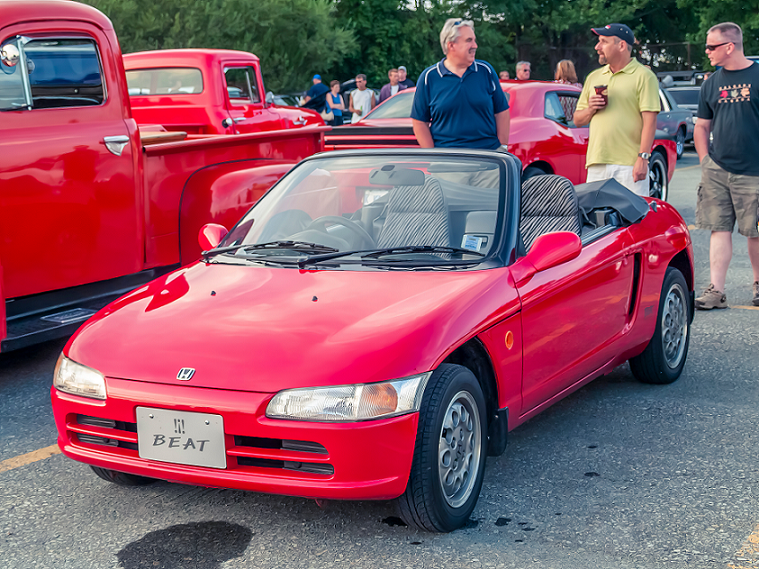
The Honda Beat is a rear-wheel-drive, mid-engine two-seat roadster kei car produced from May 1991 to February 1996. The Beat was the last car to be approved by Soichiro Honda before he died in 1991. This pint-sized roadster’s most distinctive feature is its zebra-patterned upholstery, which adds a quirky twist to the interior. Despite its miniature size, the Beat’s intelligent design ensures a surprisingly spacious cabin. Exceptionally balanced and lightweight, the Honda Beat offers an engaging driving experience that makes you feel in sync with the car and the road, living up to its slogan “MIDship Amusement.”
Suzuki Cappuccino (1991 – 1997)
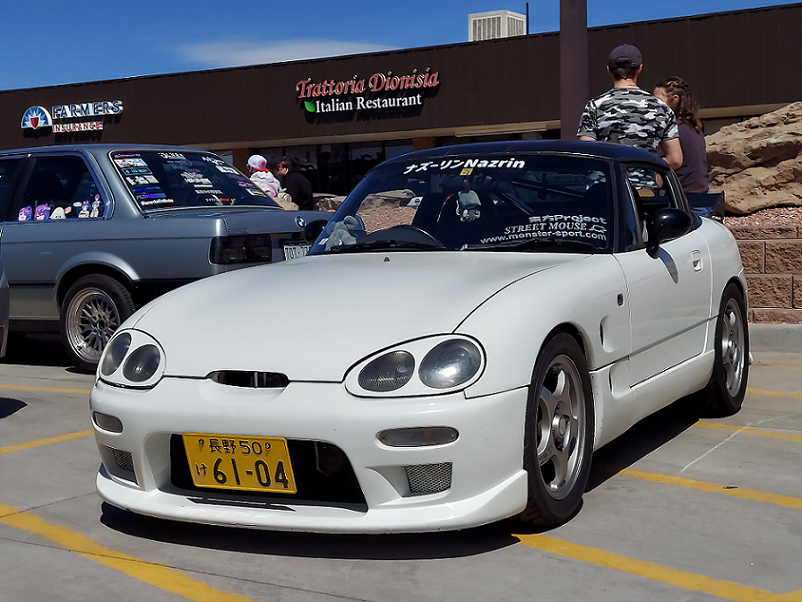
The Suzuki Cappuccino is a two-door, two-seater detachable hardtop minicar—part of Japan’s “kei” car category— produced from 1991 to 1997. It boasted a lightweight design, a perfect 50:50 weight distribution, and a turbocharged 657cc three-cylinder engine tucked behind the seats. Its charming, sporty aesthetics, pop-up headlights, and convertible roof make it a standout model. While it may not be the fastest or most powerful car on the road, the Suzuki Cappuccino is a testament to the fun and innovation integral to Japanese car design.
Toyota Sera (1990 – 1995)
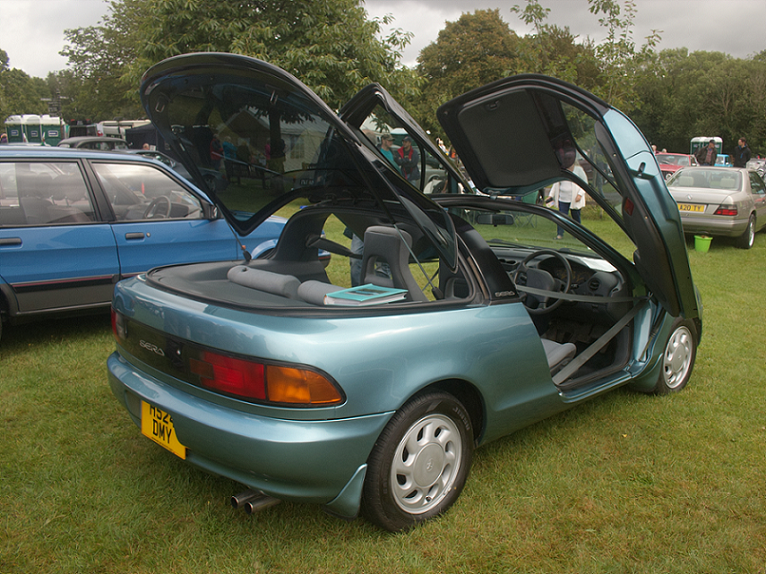
The Toyota Sera produced between 1990 and 1995, is a compact, two-door coupe known for its distinctive design features and forward-thinking approach to automotive style. Perhaps its most iconic feature is the butterfly doors, which open upward and forward in a manner typically associated with far more expensive sports and luxury cars. The Toyota Sera also boasts a large, dome-shaped glass canopy that wraps around the sides and roof of the car, providing occupants with a unique panoramic view and an open, airy feel in the cabin. Under the hood, the Sera is powered by a reliable 1.5-liter inline-four engine.
Mitsubishi Pajero Mini (1994 – 2012)

The Mitsubishi Pajero Mini is a compact SUV produced in Japan from 1994 to 2012. It fell under the “kei” car classification and was designed to meet Japan’s strict tax and insurance regulations for smaller vehicles. The Pajero Mini inherited its full-sized sibling’s rugged, off-road characteristics, the Mitsubishi Pajero, but packed them into a smaller, more city-friendly package. Equipped with a 660cc turbocharged engine, it offered four-wheel drive capability, making it a surprisingly versatile vehicle in urban and more challenging terrains.
This article originally appeared on MyCarMakesNoise.
More from MyCarMakesNoise
20 Classic V8 Cars That Are True Icons

The deep roar of a V8 engine has long thrilled car enthusiasts, symbolizing an era of speed and power. This article explores the history of this iconic engine and celebrates the legendary cars that have made a lasting impact on automotive history. Read More.
10 Electric Vehicles Perfect for Long-Distance Adventures

The electric vehicle (EV) market is rapidly evolving, offering an increasingly diverse range of options for eco-conscious drivers. Among these, long-range EVs stand out, offering the freedom to embark on extended journeys without the frequent need for recharging. Read More.
Celebrating 9 Iconic Cars from Television Shows

From the high-speed chases of action-packed dramas to the whimsical adventures of beloved sitcoms, television has introduced us to some of the most iconic cars in pop culture history. This article is a celebration of these memorable vehicles that have captivated audiences and car enthusiasts alike. Read More.



